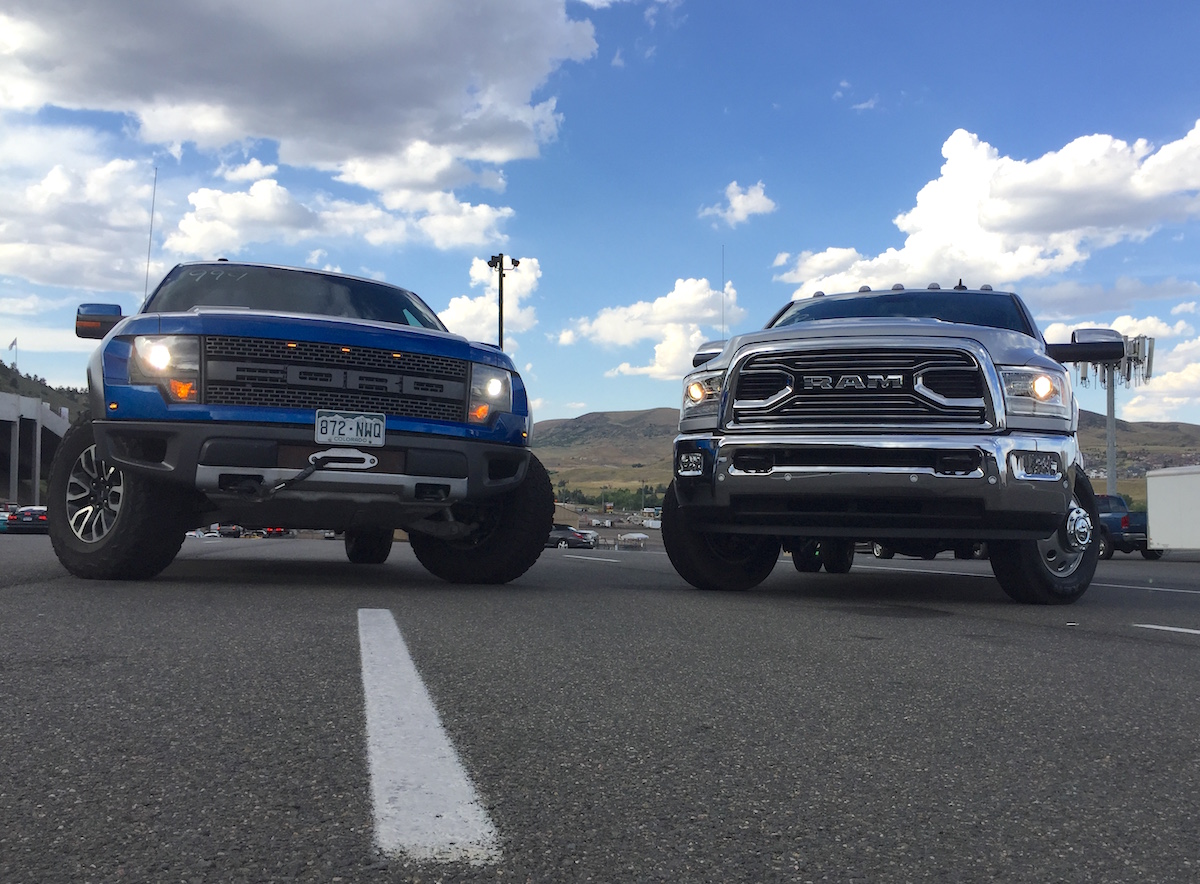
The Ranger Super Duty is Ford’s most capable midsize, but you’ll have to travel Down Under to get one.
For the past few months, we’ve known the Ford Ranger Super Duty was on the horizon. As its name suggests, you’re looking at a crazy-capable truck that can tow up to 9,900 pounds, pack exactly the same gross vehicle mass (GVM) rating (or GVWR, as we’d call it) for serious payload capacity, and bear a gross combined mass (GCM) 17,636 pounds. (For those outside the U.S., those figures boil down to 4,500 kg and 8,000 kg, respectively.) Now, Ford has officially debuted its super-capable ute for the Australian market, where it’s set to go on sale next year.




Essentially, in our context, the 2026 Ford Ranger Super Duty packs greater-than-F-150 levels of capability in the Ranger’s midsize footprint. To make that happen, the truck’s development team brought lessons learned from the F-Series Super Duty, as you’d probably expect. That includes running a unique frame to improve its load-carrying capability. This ultra-beefy Ranger also gets stronger front and rear driveshafts, a strengthened rear axle, a new rear differential and — much like the Super Duty trucks we have here in the States — 8-lug wheel hubs with larger bolts. In contrast to the standard Ranger (and even the Ranger Raptor), this Super Duty model gets a standard snorkel.
I’m sure you spotted the theme there: The Ford Ranger Super Duty gets a bigger…well, pretty much everything. Underneath, it gets a host of steel bash plates for underbody protection, as well as a 34-gallon (130-litre) long-range fuel tank as standard equipment. Ford’s taken the Australian Ranger’s available 3.0-liter turbo-diesel V6, which was already available on some standard Ranger trims and calibrated it for heavy-duty emissions regulations, according to the company’s statement. The drivetrain will be EU6.2 compliant for global markets, though Ford also mentions the Ranger Super Duty allows customers the opportunity to manually delay the truck’s diesel particulate filter (DPF) regen process when it’s not convenient to let it run automatically. Ford says that is especially useful for drivers who operate these trucks in high fire-risk environments.
Inside, the 2026 Ford Ranger Super Duty tracks with the standard truck, apart from the compulsory “SUPER DUTY” stenciling on the passenger-side dashboard. Otherwise, it still gets a digital instrument cluster, several available drive modes as well as a 12-inch center infotainment screen. An Integrated Device Mounting System, as Ford calls it, allows users to mount commercial-grade devices weighing up to nine pounds on the passenger side of the truck.
Ford recalibrated the integrated trailer brake controller for the Super Duty model, it says, and is giving it the Pro-Trailer Backup Assist feature we’ve seen on larger F-Series models over here. Other pieces of kit the Ranger Super Duty borrows from its bigger cousins include Ford’s Onboard Scales to help estimate payload, as well as a Smart Hitch that can help give a better idea of weight on the hitch ball, so drivers can redistribute weight on the trailer where necessary.
Ford didn’t reveal pricing for Australian buyers, but the current Ranger lineup runs between about $37,000 AUD and $90,500 AUD (or about $22,600 to $54,500 USD), so the Ranger Super Duty will most likely sit on the upper end of the price spectrum. With Holden out of the game these past few years, the automaker is clearly aiming this truck squarely at the Toyota Hilux and the Land Cruiser 70 Series, and pricing may shake out competitively with Toyota’s brawny Land Cruiser offering that’s available in most global markets, but (again) not North America.
If you’re hoping for Ford to bring this truck stateside…I wouldn’t hold my breath. It’s unlikely the automaker would be keen to eat into F-150 and Super Duty sales with this truck, even if it would be awesome to have this kind of capability in a more compact design.


















![Which is More Reliable: 3.5L EcoBoost or 5.0L V8? [Reader Question] Second-generation 3.5-liter EcoBoost engine](https://tfltruck.com/wp-content/uploads/2016/05/Second-generation-35-liter-EcoBoost-engine.jpg)
![Which Silverado Engine to Get: 5.3L or 6.2L V8? [Ask TFLTruck] 2016 chevy silverado](https://tfltruck.com/wp-content/uploads/2015/10/2016-chevy-silverado-grille.jpg)
